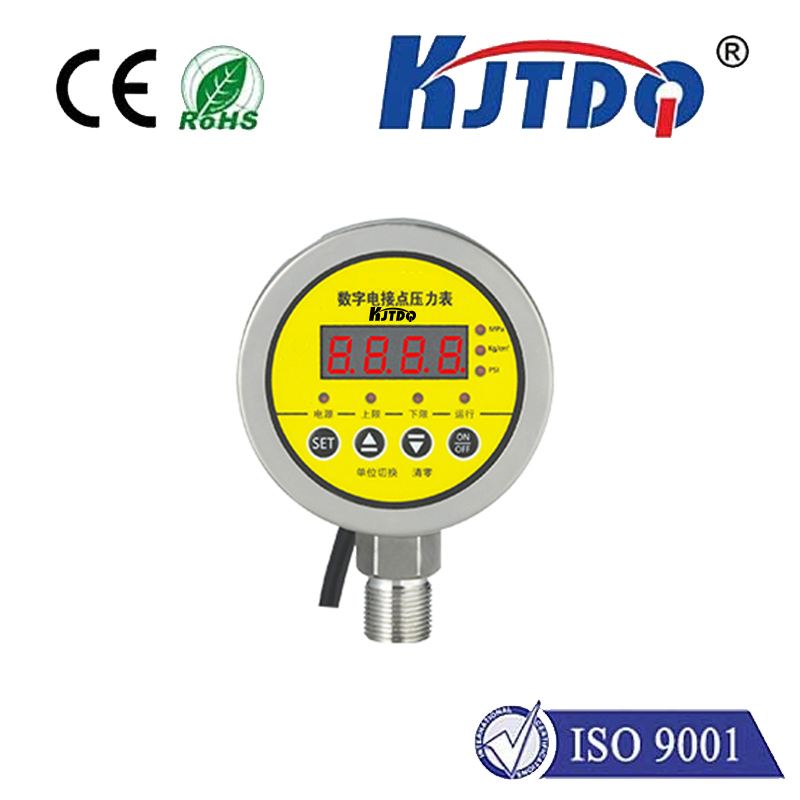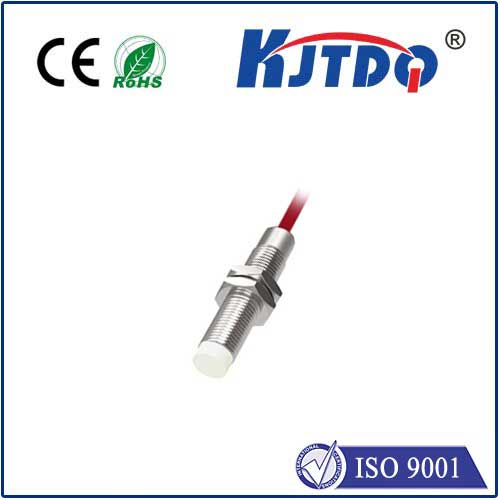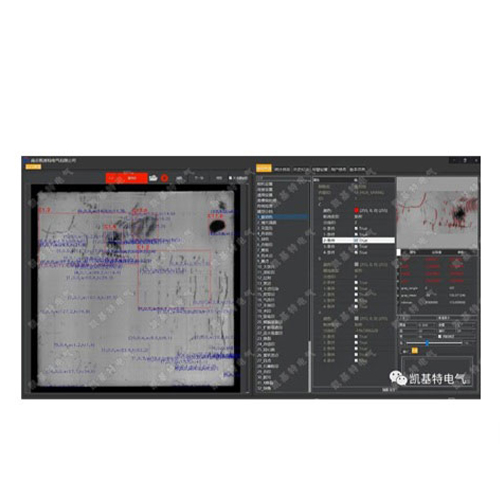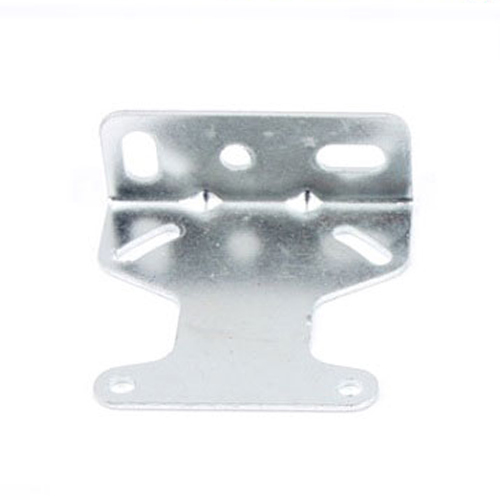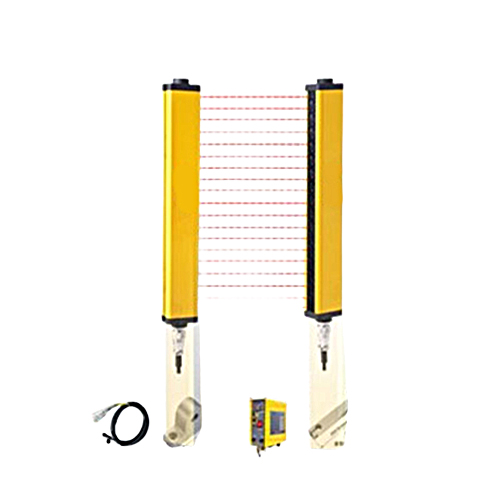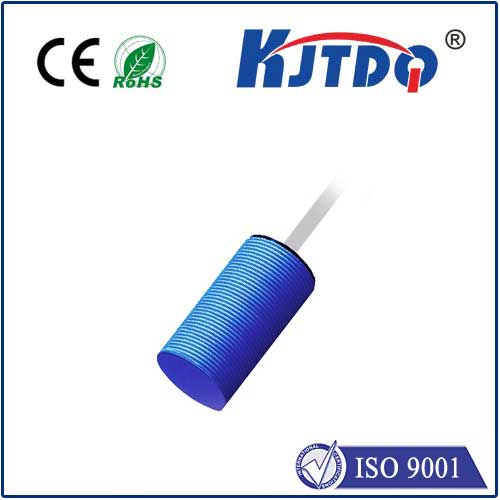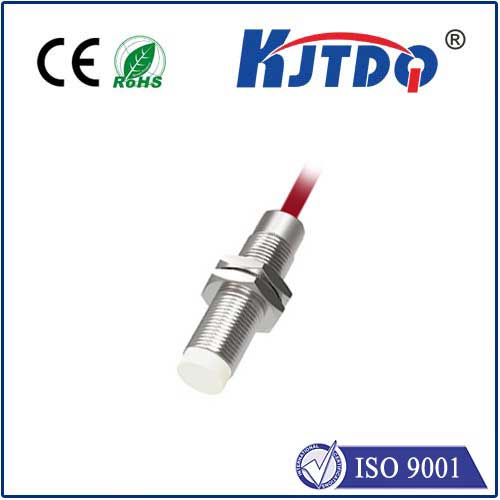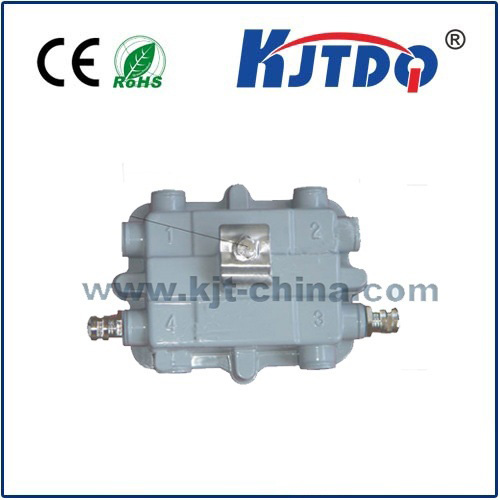optical proximity sensor
- time:2025-07-04 03:13:02
- Нажмите:0
Unseen Guardians: How Optical Proximity Sensors Shape Our Tech-Driven World
Have you ever marveled at how your smartphone screen dims the moment you hold it to your ear during a call? Or wondered how a robotic arm on a factory floor avoids collisions with uncanny precision? The silent orchestrator behind these everyday feats is often an optical proximity sensor. These compact, intelligent devices are fundamental to modern technology, offering contactless detection and enabling smarter, more responsive interactions across countless applications.
Demystifying the Optical Proximity Sensor
At its core, an optical proximity sensor is an electronic component designed to detect the presence, absence, or distance of an object without physical contact. It achieves this by leveraging light, typically in the infrared (IR) spectrum, invisible to the human eye. This reliance on light distinguishes it from other proximity sensing technologies like ultrasonic or capacitive sensors.
The Core Principle: Light, Reflection, and Detection
The fundamental operation hinges on a simple yet elegant principle:

- Emission: An integrated infrared light-emitting diode (IR LED) emits a beam of light. This beam is usually pulsed at a specific frequency for efficiency and noise reduction.
- Interaction: If an object is present within the sensor’s designated detection range, this emitted light beam strikes the object’s surface.
- Reflection: A portion of this light energy is reflected back towards the sensor. The amount reflected depends heavily on the object’s distance, size, color, and surface texture.
- Reception & Measurement: A dedicated photodetector (commonly a photodiode or phototransistor) within the sensor captures the reflected light. The sensor’s internal circuitry then measures the intensity of this reflected signal.
- Interpretation & Output: Based on the intensity of the reflected light relative to the emitted light, the sensor determines the object’s proximity. It then generates an appropriate output signal – typically a simple digital high/low signal indicating presence/absence, or in more sophisticated versions, an analog or digital value proportional to distance.
Key Components and Their Role
Understanding the building blocks clarifies how these sensors function:
- IR Emitter (LED): The source of the probing light. Crucial factors include the wavelength (commonly 850nm or 950nm IR), power output, and beam angle.
- Photodetector: The “eye” that captures reflected light. Its sensitivity and spectral response must align with the emitter’s wavelength.
- Optics (Lens/Window): Often overlooked but vital. Lenses focus the emitted light into a beam and collect reflected light efficiently onto the detector. The housing window protects internal components while transmitting IR light effectively.
- Signal Processing Circuitry: The “brain.” This filters ambient light interference (like sunlight or room lighting), amplifies the weak detector signal, processes the data, and generates the clean output signal. Modern sensors often include integrated signal conditioning for robust performance.
- Housing: Encases the components, providing mechanical stability and environmental protection (dust, moisture resistance).
Why Choose Optical Proximity Sensing?
Optical sensors offer compelling advantages that drive their widespread adoption:
- Contactless Operation: Eliminates wear and tear, suitable for fragile objects or sterile environments.
- High-Speed Response: Detections occur in milliseconds, enabling real-time control.
- Longer Detection Range: Compared to capacitive sensors, optical types generally offer superior range capabilities for similar size/power.
- Precise Position/Displacement Measurement: Capable of highly accurate distance readings (especially short-range variants).
- Compact Size: Can be miniaturized effectively, ideal for space-constrained applications like smartphones and wearables.
- Resilience: Generally robust against surface contamination (like light dust) that might plague capacitive sensors.
- Cost-Effectiveness: Highly competitive for mass-market applications.
Ubiquitous Applications: Where They Make an Impact
The versatility of optical proximity detection permeates numerous industries:
- Consumer Electronics: The undisputed champion. Smartphones use them for screen dimming during calls, automatic display wake/sleep (when held to the ear or in a pocket), and touch rejection. Found in tablets, laptops, smartwatches, and e-readers too.
- Промышленная автоматизация: Critical for object detection on assembly lines, part counting, level sensing in tanks (for non-transparent liquids or solids), robotic guidance, and machine safety interlocks. Their speed and reliability are paramount here.
- Automotive: Enhancing safety and comfort. Used in automatic trunk openers (gesture control), occupant detection systems (for airbag deployment), rain/light sensors (detecting the windshield), and preventing windows from trapping objects.
- Appliances: Enabling touchless controls in faucets, soap dispensers, hand dryers, and smart home devices for improved hygiene and user experience. Proximity detection powers automatic doors in commercial buildings.
- Medical Devices: Employed in infusion pumps, diagnostic equipment, and hygiene-focused devices where contactless operation is essential.
- Wearables & IoT: Enabling features like screen wake on wrist raise for smartwatches, gesture control, and presence detection in connected devices.
Selecting the Right Optical Proximity Sensor
Choosing wisely requires considering several factors:
- Detection Range & Accuracy: What distance(s) need measuring, and how precisely?
- Object Characteristics: How does the target material respond to IR light? (Reflective, matte, dark, transparent?) Dark, non-reflective objects are more challenging.
- Operating Environment: Ambient light levels, temperature extremes, potential contaminants (dust, fog, oil)?
- Size Constraints: Physical footprint limitations?
- Power Consumption: Critical for battery-powered devices.
- Output Type Needed: Simple on/off? Analog voltage proportional to distance? Digital I2C/SPI interface?
- Immunity to Interference: How well does the sensor reject ambient light (including sunlight) or other IR sources? Look for sensors with modulated light detection and ambient light suppression circuitry.
As technology relentlessly advances towards greater automation, miniaturization, and intuitive human-machine interaction, the role of the optical proximity sensor becomes increasingly indispensable. Its ability to provide fast, reliable, contactless detection makes it a fundamental enabler for smarter, safer, and more efficient systems across the spectrum of modern life. From the smartphone in your pocket to the factories building our future, these unseen optical guardians are constantly working, shaping our interactions with the digital and physical world.







